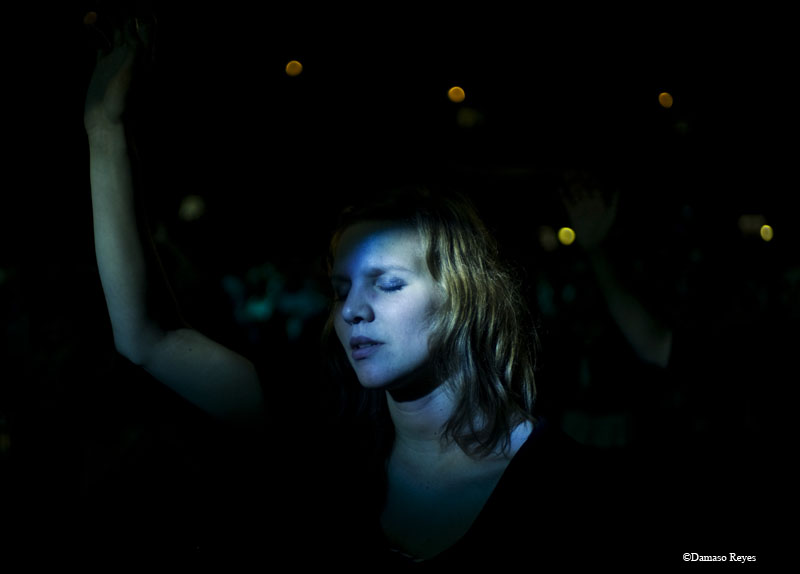IEDEI
Well-known
the fact is, the IR sensitivity of the M8 is unique.....it's pretty much the perfect B&W shooter, unless one has the $$$ for a Monochrome.
I still consider M8 the best buy at its price point in 2012, but obviously I am speaking based on my own needs, preferences, and experiences. There are however so many other sets of needs and preferences that one can arrive at very different conclusion.So, my question is this: is it worth buying an M8 in 2012? I don't have a problem with loud shutter, filters, but I would like to go above 640 ISO on a camera that costs the same as the X-Pro 1...
the fact is, the IR sensitivity of the M8 is unique.....it's pretty much the perfect B&W shooter, unless one has the $$$ for a Monochrome.
i have made quite a few 11x17 prints. the M8 files work fine at this size.
the fact is, the IR sensitivity of the M8 is unique.....it's pretty much the perfect B&W shooter, unless one has the $$$ for a Monochrome.
+1 I'm sure this article doesn't mean much, but it's still interesting.Great B&W can be made from any digital camera. I think the light outside and your PP skills are more important than the lack of a AA filter.
Just curious, what size prints are you guys routinely making with the M8?
I'm not saying it doesn't produce good images, but it can't be denied that the M8 is very long in the tooth, and a somewhat risky proposition due to the servicing situation. My recommendation, if one must have a mechanical RF digital, is to save for the M9, ME, or new M. If you are more flexible with regard to the RF mechanism, you do yourself a disservice ignoring the Fujis.
i'm not saying the M8 is the ultimate camera or anything...but for its price point, it is the best bargain in the Leica used market. There are no serviceability issues aside from the LCD....and if there is an LCD issue, Leica is really taking care of those customers with great options.
The original poster asked about the M8. The bottom line is that it is STILL a hell of a camera....i am enjoying my M8.1 (updated) greatly.....and really enjoying photography again----and that is THE most important thing.
FWIW....the original poster bought an M8, as posted in the L-Forums post he made (same post as here). So he made the right decision!
You won't get the same high ISO abilities as you would on some more recent cameras. That said I still use a M8 and am happy overall with it. You may be able to get some extend range using Lightroom plugins to deal with noise. And of course if you have a nice fast lens it becomes less of an issue...

Yes, I can make them too... but compared to my other cameras, I see a difference.
Great B&W can be made from any digital camera. I think the light outside and your PP skills are more important than the lack of a AA filter.
One that's good or bad? 😉
the M8 is a fantastic camera....and IF you are shooting black & white....you really cannot do any better, unless you are getting a Monochrom.
All lenses with a DOF scale have an IR marker - it is the DOF mark two stops down. likeb 5.6 on a 2.8 lens, or 4.0 on a 2.0 lens, etc. Unless the lens has apo correction, then it is just one stop down or even spot-on.
So true.
Having owned a M8 for 4 years and a M9 for 2 years, I think the M8 is a far better B&W camera. The M9's sensor was based on Kodachrome 64 slide film and the files often seem to have the same DR as Kodachrome. I'm always having to fuss with the shadows whenever I make a B&W conversion from a M9 file. On the other hand, the extended IR sensitivity of the M8 gave more shadow detail and the tones were smoother. There is really no other Leica - film or digital - that can compare to the look of a M8 B&W conversion. I'm sorry I sold mine.
Someone mentioned Zeiss lenses... if you are going to do a lot of work with IR, the Zeiss lenses are marked for IR. Of course you can work out a distance setting for any Leica lens, but it is nice to have it already in place.

